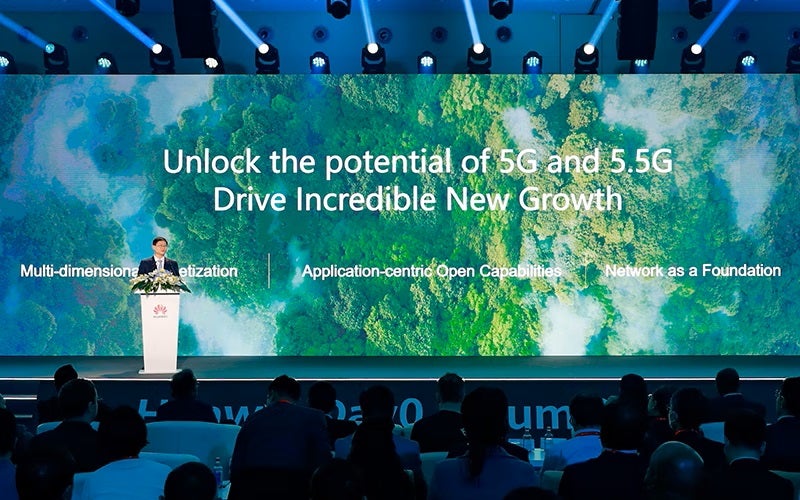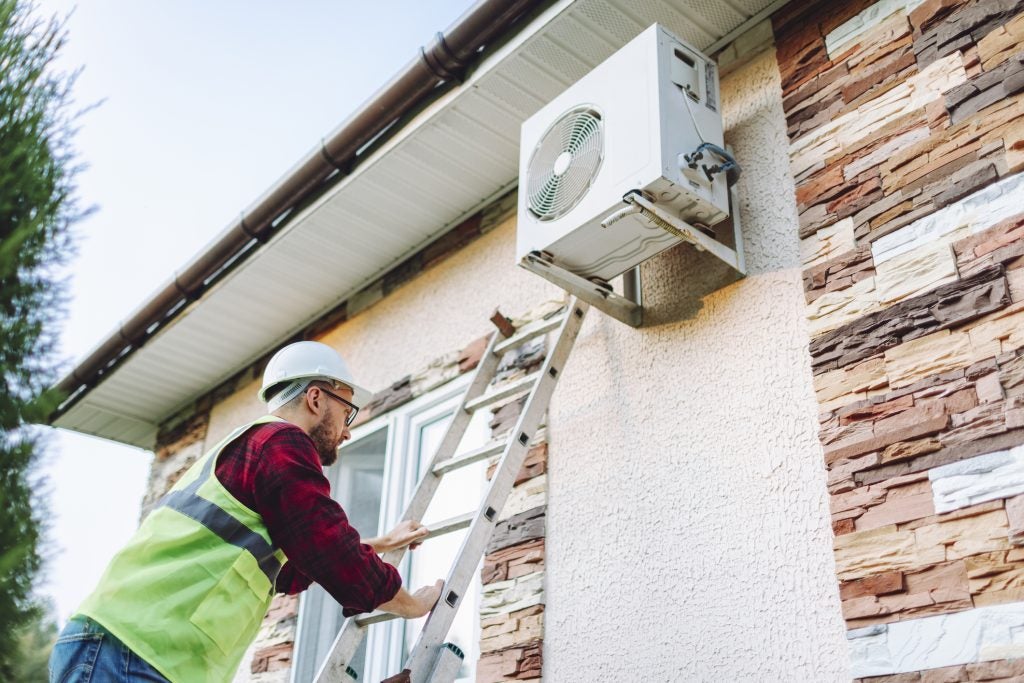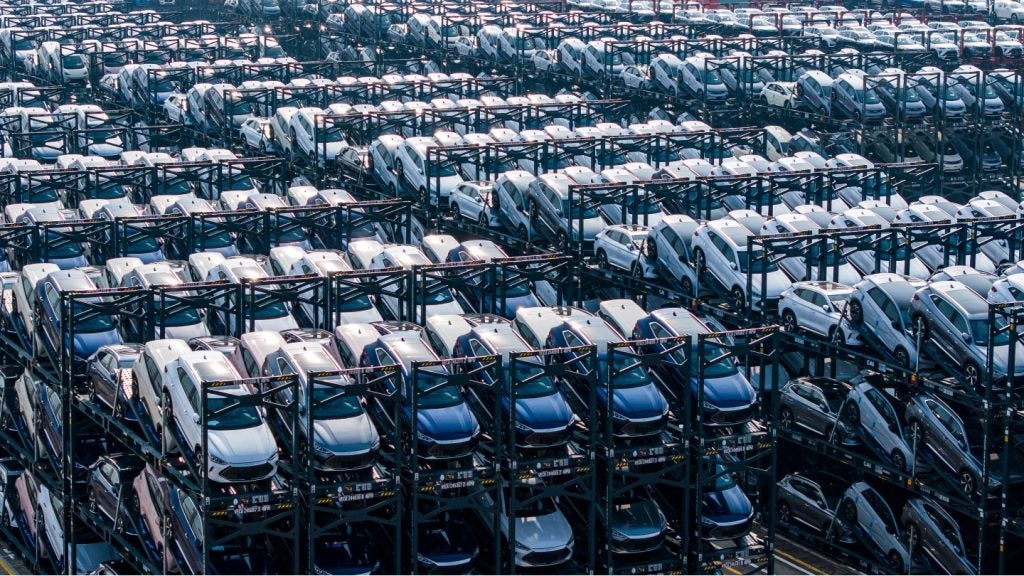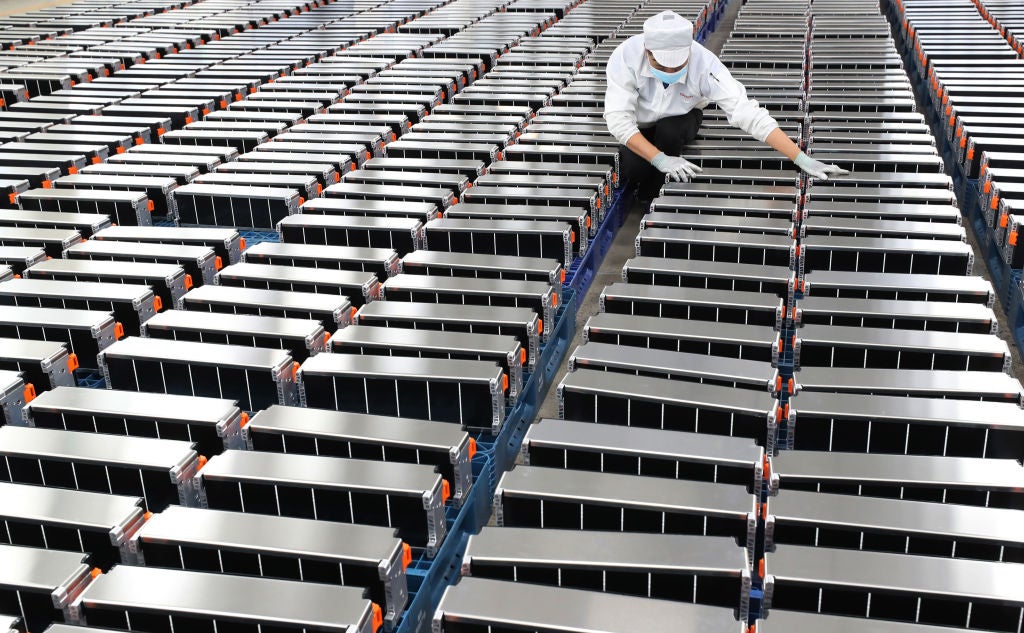The US’s recently passed Inflation Reduction Act (IRA) aims to accelerate electric vehicle (EV) adoption across the country. The nonprofit Zero Emission Transportation Association (ZETA) has highlighted the key parts of the legislation for the EV sector.
The Section 30D Clean Vehicle Credit will mean that, beginning in 2023, EV manufacturers will no longer face a 200,000-unit-per-manufacturer cap on sales.
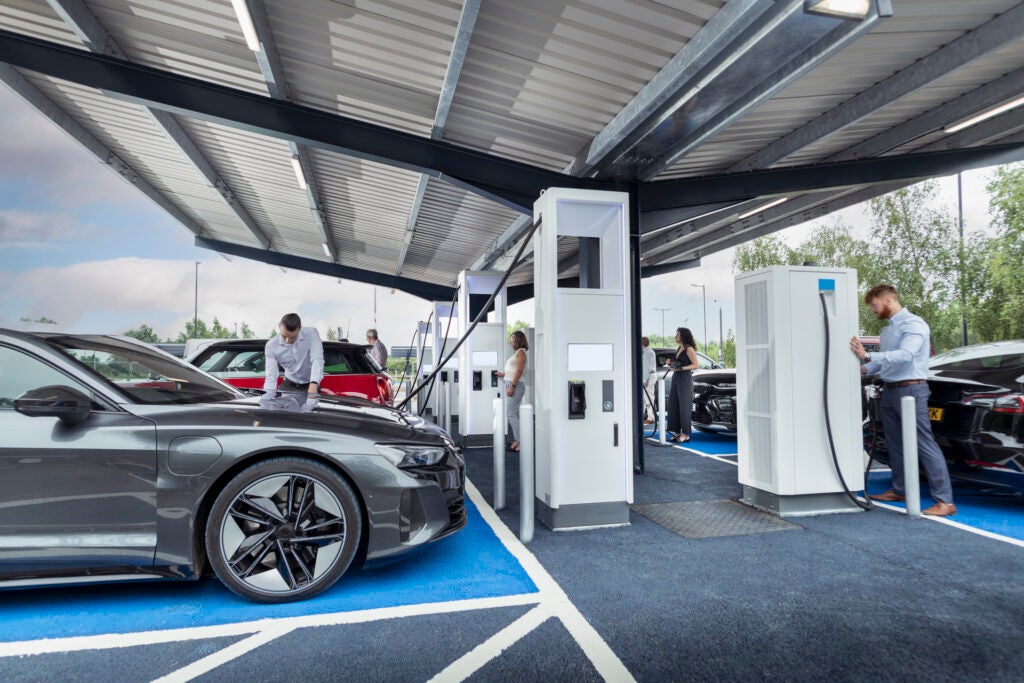
New vehicles will be eligible for a tax credit of up to $7,500 delivered at the point of sale. The credit will be composed of two halves: qualifying vehicles will receive $3,750 for meeting each of the critical mineral and battery component sourcing requirements. But consumers’ eligibility to receive the $7,500 credit will be limited by their income and vehicles will also be subject to Manufacturer Set Retail Price (MSRP) limitations to qualify for the credit.
Qualifying used clean vehicles will benefit from a tax credit of up to $4,000 or 30% of vehicle cost, whichever is lower.
The Section 45W Commercial EV Tax Credit will mean that, starting in 2024, clean commercial vehicles will be eligible for a tax credit equal to 30% of the difference between the cost of the clean vehicle and its gas-powered counterpart.
See Also:
The Section 30C Alternative Fuel Vehicle Refueling Infrastructure Tax Credit gets a 10-year extension, which is retroactive since expiration of the credit on 31 December 2021. The individual credit is either $1,000 or 30% of the installed cost, whichever is of lesser value. The commercial credit increases the incentive eligibility from $30,000 per property to $100,000 per item. The maximum incentive is 30% up to $100,000 per charger (up from $30,000 per location), whichever is of lesser value.
How well do you really know your competitors?
Access the most comprehensive Company Profiles on the market, powered by GlobalData. Save hours of research. Gain competitive edge.

Thank you!
Your download email will arrive shortly
Not ready to buy yet? Download a free sample
We are confident about the unique quality of our Company Profiles. However, we want you to make the most beneficial decision for your business, so we offer a free sample that you can download by submitting the below form
By GlobalDataThere is a 6% base credit multiplied by five for projects that meet prevailing wage and apprenticeship requirements to get the full 30% tax credit. But the maximum credit can only be fully realised if prevailing wage requirements for the installation are met. The Advanced Manufacturing Production and Advanced Energy Project Tax Credits provides $35 per kilowatt-hour (kWh) in each battery cell, $10/kWh in each battery module, and additionally covers 10% of the costs of production of the applicable critical materials incurred by the taxpayer. The Advanced Energy Project Tax Credit allocates a $10bn investment tax credit fund to build clean technology manufacturing facilities.



